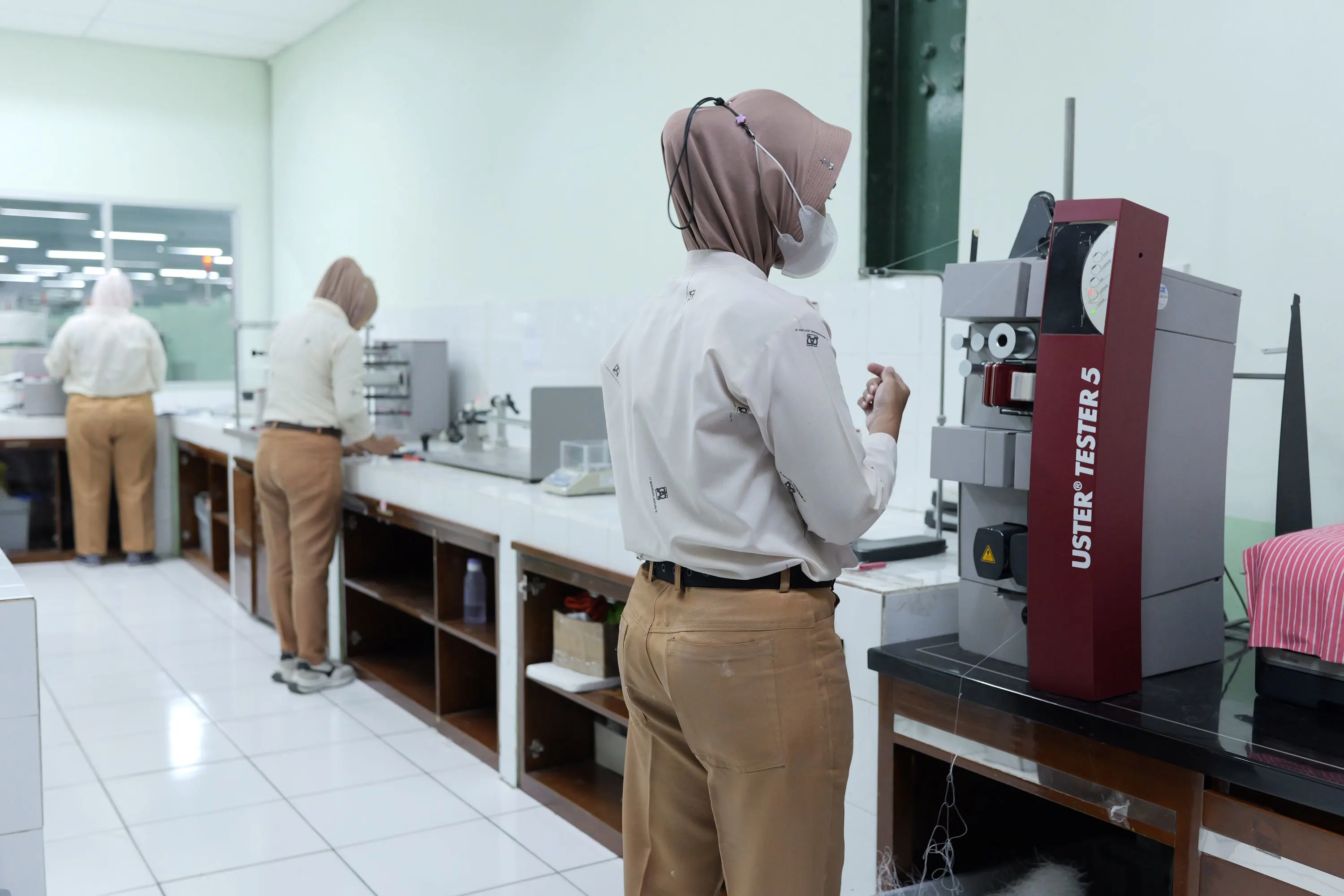What Is a Textile Factory?
A textile factory is a manufacturing facility that produces either raw fabric materials or finished textile products. These factories typically process natural fibers (such as cotton, wool, silk) or synthetic fibers (such as polyester, nylon) into textiles through several production stages.
Textile production generally consists of the following stages:
- Spinning In this stage, fibers are processed and turned into yarn. Natural fibers such as cotton or wool are separated, cleaned, and then spun into thread.
- Weaving or Knitting Once the yarn is ready, the next step is to convert it into fabric using two main methods:
- Weaving: Uses a loom to interlace horizontal (weft) and vertical (warp) threads to form fabric.
- Knitting: Interloops yarns vertically and horizontally to create more elastic fabric.
- Dyeing and Printing After the fabric is formed, it undergoes dyeing or printing to add color or patterns. Common dyeing methods include dip-dyeing and machine-based printing.
- Finishing In the final stage, the fabric receives additional treatments—such as wrinkle resistance, water repellency, or softening—to make it ready for use or conversion into finished products.
Technology in Textile Factories
Technology has played a major role in the development of the textile industry. Some commonly used technologies today include:
- Smart Machines: Automated machines equipped with sensors to monitor the quality of yarn and fabric.
- Eco-Friendly Technologies: Dyeing machines that use water more efficiently, fiber recycling technologies, and finishing processes that reduce chemical waste.
- Internet of Things (IoT): The use of IoT enables real-time monitoring of production and quality, improving efficiency and reducing errors.
Challenges in the Textile Industry
The textile industry also faces various challenges, including:
- Environmental Impact: The textile industry is one of the largest contributors to global waste. Dyeing and washing processes use significant amounts of water and chemicals, which negatively impact the environment.
- Worker Welfare: Working conditions in textile factories are often a concern. Low wages and poor working environments remain ongoing challenges.
- Market Pressure: The demand for fast fashion forces textile factories to produce quickly and cheaply, which can affect product quality and worker welfare.
Conclusion
Textile factories play a vital role in the fashion industry and daily necessities. However, they also face significant challenges, particularly in terms of environmental sustainability and worker welfare. With technological advancements and growing environmental awareness, the textile industry is expected to continue innovating toward greater efficiency and eco-friendliness.

